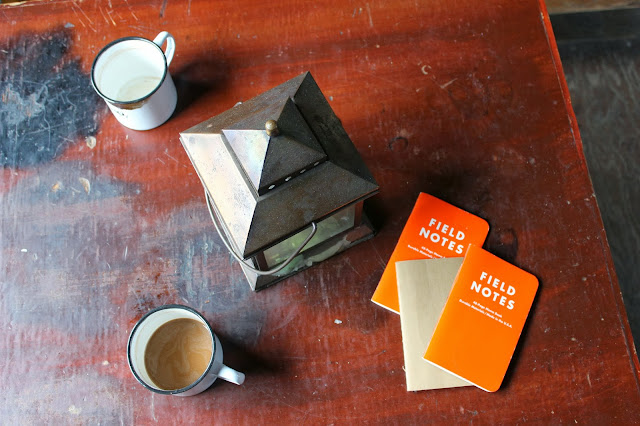There's nothing better than waking up in a warm cozy cabin and sipping on make-shift mochas while savoring a big pot of slow cooked anasazi beans. After simmering on a wood-burning stove, the tender beans are a little sweet, a little savory and exactly what is needed after a long and stormy night. A dash of salt and roasted Hatch green chiles add that incredible kick that really makes a morning and jumpstarts your day.
To our surprise, we found Hatch green chiles at a local grocer in Anchorage. We gladly purchased a pound and roasted the majority over a campfire during one of our rainiest nights in Denali National Park, for some of our best beef, cheese, potato and green chile burritos to date. This resulted in another stop in Anchorage to grab a few pounds for our three night stay at Crescent Lake.
.JPG)

Red and brown rocky peaks tower over the little cabin, in nearly every direction, cradling the quiet valley and isolating the three-mile U-shaped basin. Gazing west out the cabin's largest window, a herd of Dall sheep graze near the top of the mountain, while the clouds come and go, dancing around the ridgeline. The picture completely contrasts the snow white foot of fresh powder weighing on the evergreens and blowing along the jagged peak of Mt Hood, just outside the window at the historic and truly remarkable Timberline Lodge today. Thothe two scenes couldn't be more alike. A cozy shelter. The lawless elements. A monumental mountain.
With a full belly and the rain letting up, its time to catch some fish. A small aluminum rowboat sits on the shores of the lake. A lake renown for its plentiful, trophy grayling, an Alaskan sport-fishing favorite. Sticking close to the shore, the little boat stands a fighting chance against the windy waves, while the grayling rest in shallow bays and still coves. One fish. Two fish. Five catches later, pockets of grayling are hungry for the flies. This lake, this place, it fills you up. Here, time slows you down and nature's transcendence emphasizes the value in life's most basic of needs and both the greatness and insignificance of man.



Find more of our recent photos from WA and OR on Flickr and Instagram, @vanilleink / @slevin414.








.JPG)




.jpeg)























